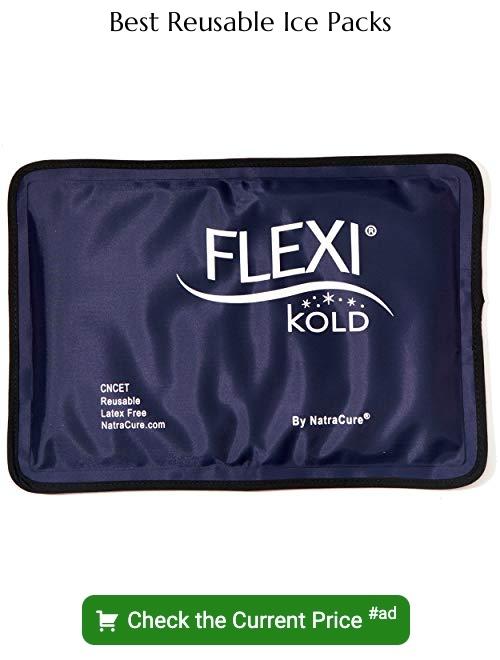Last updated on
Discover various dry ice alternatives that provide impressive cooling solutions for a wide range of applications in this insightful blog post.
Have you ever wanted to create a stunning centerpiece for your next party or event, but didn’t want to break the bank with expensive dry ice? Well, fear not my fellow budget-conscious decorators! In this article, we will explore some fantastic alternatives to dry ice that will have your guests in awe without emptying your wallet. So put on your creative thinking cap and let’s get started!
Dry Ice Alternatives Overview

Dry ice is a popular choice for creating stunning visual effects and cooling applications. However, it can be expensive and potentially hazardous if not handled correctly.
Fortunately, there are many dry ice alternatives that provide similar results without the drawbacks of traditional dry ice.
In this article, we will explore various options for those who want to achieve impressive cooling solutions on a budget or with less risk involved. From gel packs to saltwater ice and reusable mats to insulated containers – we’ve got you covered! Whether you’re planning an event or need temperature-controlled packaging for shipping purposes, these alternatives offer efficient solutions that won’t break the bank.
Safe Dry Ice Substitutes

Fortunately, there are many safe and affordable alternatives that you can use to achieve similar results without the risks associated with dry ice.
One of the safest substitutes for dry ice is gel packs. These packs are made from non-toxic materials and do not produce any harmful gases or fumes when used.
They come in various sizes and shapes, making them ideal for different applications such as keeping food cold during transportation or providing cooling relief after an injury.
Another great alternative to dry ice is regular water-based ice cubes or blocks. While they may not last as long as other options on this list, they are readily available at most grocery stores and cost significantly less than dry ice.
If you’re looking for something more durable than traditional water-based solutions but still want to avoid using hazardous materials like liquid nitrogen or CO2 gas, consider reusable freezer mats filled with a special gel that stays frozen longer than regular water-based products.
Ice Packs Vs. Dry Ice
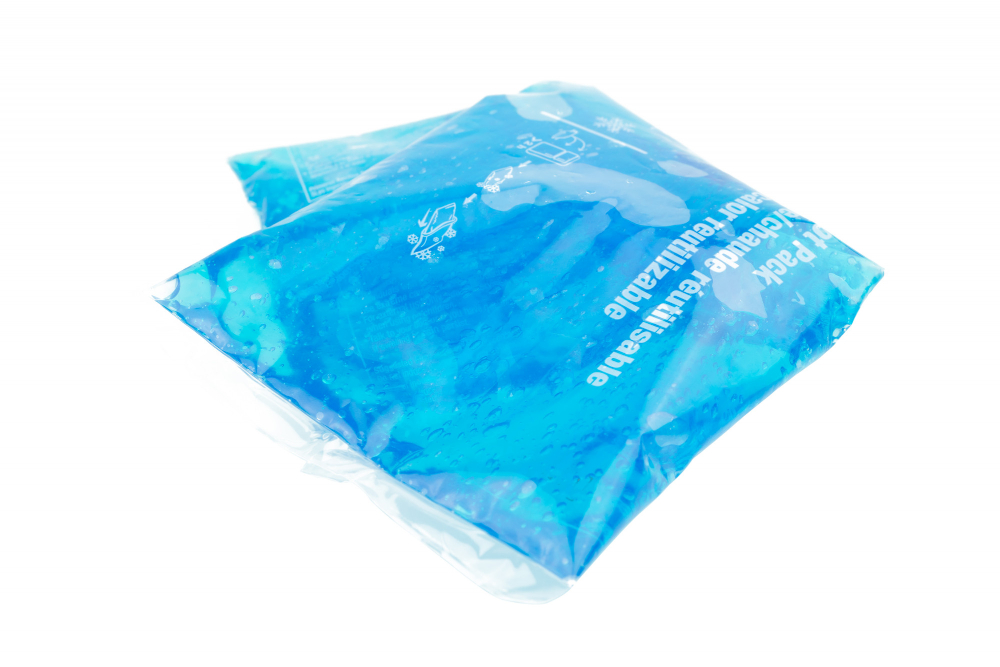
Ice packs are a convenient alternative to traditional ice that can be used over and over again. They come in various sizes, shapes, and materials such as gel or water-filled plastic bags.
On the other hand, dry ice is made from frozen carbon dioxide gas which creates an impressive fog effect when placed in water. It’s commonly used for shipping perishable goods or creating spooky Halloween decorations.
While both options have their benefits depending on your needs, there are some key differences between them that you should consider before making a decision.
Ice packs tend to last longer than regular ice but not as long as dry ice. They’re also less expensive than dry ice and don’t require special handling like gloves since they don’t get extremely cold like -109°F (-78°C) of Dry Ice does.
Dry Ice is much colder than regular or reusable gel-based freezer blocks so it will keep things cooler for longer periods of time without melting into liquid form (which could cause damage). However due its extreme temperature precautions must be taken while handling it because direct contact with skin can cause frostbite injuries.
Cooling With Gel Packs

They are made of non-toxic materials and can be reused multiple times, making them an eco-friendly option. Gel packs come in various sizes and shapes, allowing you to choose the perfect fit for your needs.
To use gel packs as a substitute for dry ice, simply freeze them before use. Once frozen, they will provide hours of cold temperatures that can keep food or drinks chilled at your event or party.
One advantage of using gel packs is that they do not produce any carbon dioxide gas like dry ice does when it melts. This makes them safe to handle without any special precautions needed.
Another benefit is their flexibility – unlike block ice which takes up more space in coolers or containers; gel packs can easily conform around items being cooled due to their pliable nature.
Using Regular Ice

It’s readily available at any grocery store, making it an easy option for last-minute cooling needs. You can use regular ice in the same way as dry ice by placing it in a container with your desired item or food that you want to keep cool.
One thing to note when using regular ice is that it melts quickly, so be sure to have enough on hand and replace as needed. To prevent water from pooling around your items, place them on top of a wire rack or elevated surface within the container.
Another tip for using regular ice is adding saltwater into the mix before freezing. This will lower its melting point and make it last longer than plain water alone.
Cooling With Saltwater Ice
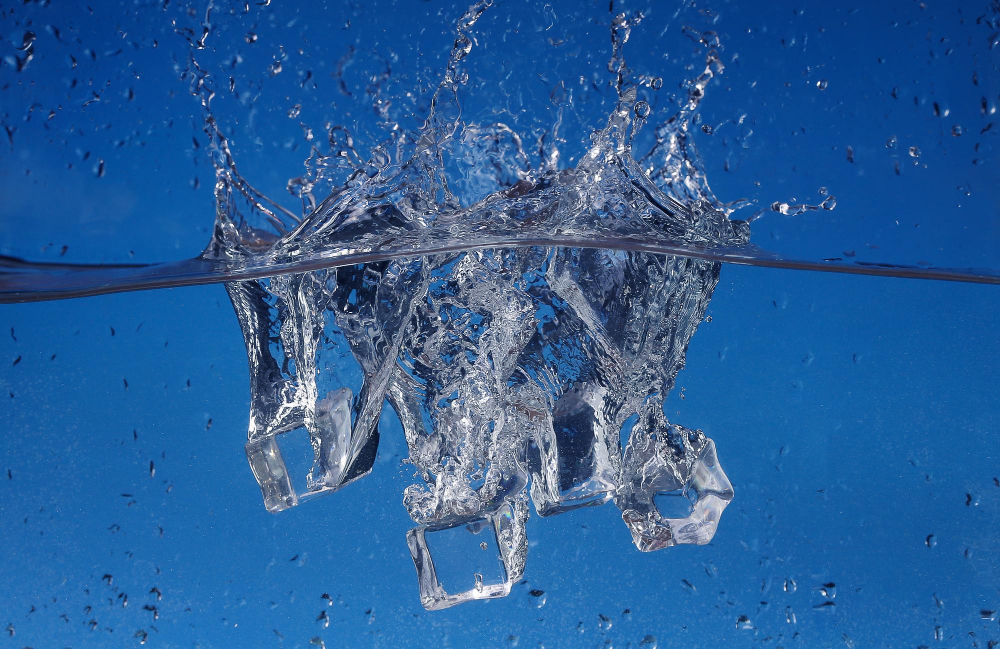
This method involves creating a mixture of salt and water, which is then frozen in an ice tray or container. The resulting saltwater ice has a lower freezing point than regular water, making it colder and longer-lasting.
One of the benefits of using saltwater ice over traditional dry ice is its safety factor. Dry Ice can cause skin burns if not handled properly, whereas Saltwater Ice poses no such risk.
Another advantage to using Salt Water Ice as opposed to Dry Ice is that it’s much cheaper and easier to obtain the materials needed for this method. All you need are some basic kitchen supplies like table salt, tap water, plastic containers or trays (depending on your needs), and a freezer!
Block Ice Benefits
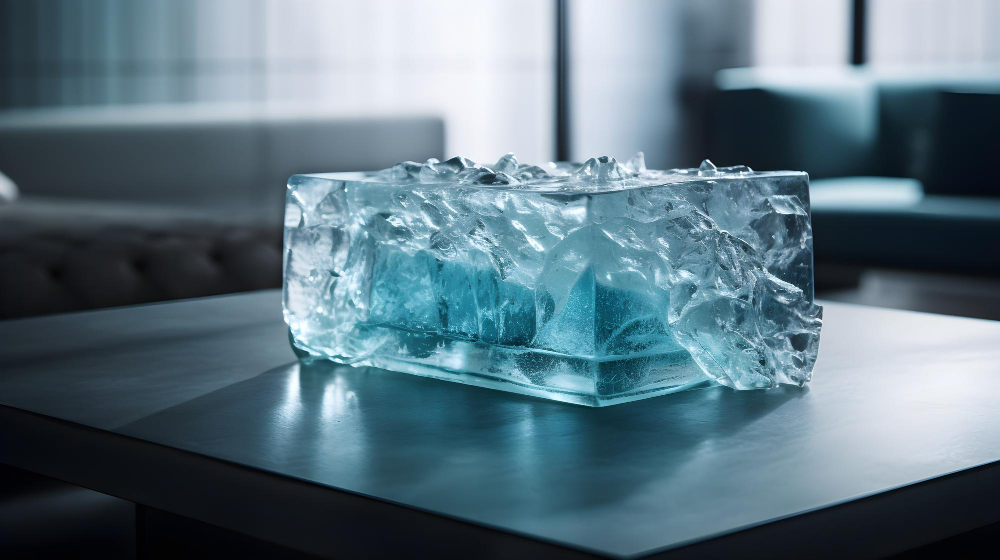
One of the main benefits of using block ice as an alternative to dry ice is its longevity. Block ice can last up to five times longer than regular cubed or crushed ice, making it ideal for outdoor events or extended periods without access to electricity.
Another advantage of using block ice is its versatility in terms of size and shape. You can easily customize your blocks according to your needs by cutting them into smaller pieces with a saw or chisel.
Unlike dry-ice which emits carbon dioxide gas when melting, block-ice melts slowly without any harmful emissions making it safe for use around food items and people alike.
Extreme Cold Packs

These packs are designed to keep items cold for longer periods of time and can be used in a variety of settings, from camping trips to medical applications.
One popular type of extreme cold pack is made with ammonium nitrate and water. When these two substances mix, they create an endothermic reaction that absorbs heat from the surrounding environment, causing the temperature inside the pack to drop rapidly.
Another option is using phase change materials (PCMs) which absorb or release heat as they transition between solid and liquid states at specific temperatures. PCMs have been used in various industries such as food storage, transportation logistics or even space exploration due their ability maintain stable temperature ranges over long periods.
When using extreme cold packs it’s important to follow safety guidelines provided by manufacturers since some types may require special handling procedures like wearing gloves while others should not come into contact with skin directly.
Non-toxic Coolant Options
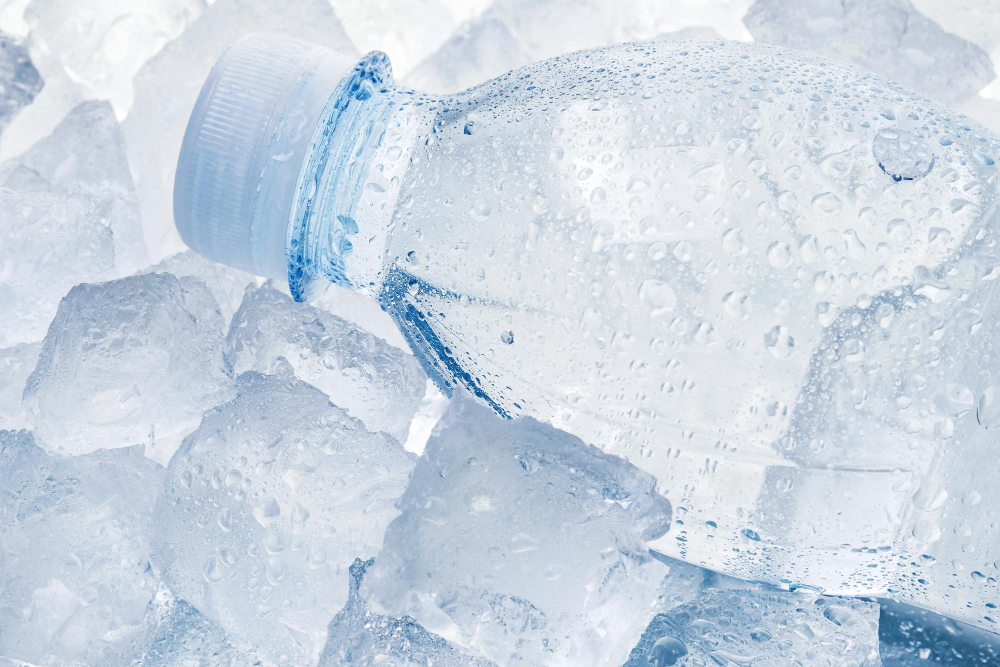
One of the most popular is using frozen water bottles or juice boxes. These can be easily prepared at home by filling up plastic containers with water or your favorite beverage and freezing them overnight.
Another option is using reusable gel packs made from non-toxic materials such as sodium polyacrylate, which can absorb large amounts of liquid while remaining solid at room temperature. These packs are perfect for keeping food items cool during transportation or outdoor events.
For those who prefer natural solutions, frozen fruits like grapes and berries make excellent cooling agents that not only keep things cold but also add a touch of color to your display.
When it comes to choosing the right coolant option for your needs, consider factors such as cost-effectiveness, ease-of-use, safety concerns (especially if children will be present), and environmental impact.
Environmentally Friendly Alternatives

One such alternative is using reusable ice mats made from non-toxic materials. These mats can be frozen and reused multiple times, making them an excellent choice for those who want to reduce their carbon footprint.
Another environmentally friendly option is using phase change materials (PCMs). PCMs are substances that absorb or release heat as they melt or solidify at specific temperatures.
They can be used in place of dry ice in shipping containers and other applications where temperature control is essential.
Liquid nitrogen may also be considered an environmentally friendly alternative since it’s non-toxic and doesn’t contribute to greenhouse gas emissions when used correctly. However, it requires specialized equipment and handling procedures due to its extremely low temperature (-196°C).
Types of Phase Change Materials
They have become increasingly popular as dry ice alternatives due to their ability to maintain a consistent temperature for extended periods, making them ideal for shipping perishable goods or keeping food fresh.
There are various types of PCMs available in the market, each with its unique properties. Some common examples include paraffin wax, salt hydrates, fatty acids such as stearic acid or palmitic acid, and eutectics like calcium chloride hexahydrate mixed with water.
Paraffin wax is one of the most commonly used PCMs because it has a high latent heat capacity per unit volume compared to other materials. It also melts at relatively low temperatures between 50-70°C (122-158°F), making it suitable for many applications.
Salt hydrates are another type of PCM that can absorb large amounts of heat when they melt without increasing their temperature significantly. They come in different forms depending on their composition but typically consist mainly of salts such as sodium sulfate decahydrate or magnesium nitrate hexahydrate mixed with water.
Fatty acids like stearic acid have been used extensively in thermal storage systems due to their high latent heat capacity per unit mass compared to other organic compounds. Eutectics like calcium chloride hexahydrate mixed with water offer excellent cooling performance over an extended period while maintaining a constant temperature range around -30°C (-22°F).
Liquid Nitrogen Applications

This substance has a temperature of -196°C, making it an excellent cooling agent for various applications. Liquid nitrogen can be used in the food industry to freeze and preserve food products, as well as in medical facilities for cryotherapy treatments.
However, it’s essential to handle liquid nitrogen with care since direct contact with skin or eyes can cause severe damage due to its extremely low temperature. Therefore, proper safety measures must be taken when using this substance.
Liquid CO2 As an Alternative
It’s a colorless, odorless gas that transforms into a liquid when compressed and cooled. Liquid CO2 has many benefits over traditional dry ice, including its ability to maintain consistent temperatures for longer periods of time.
One of the advantages of using liquid CO2 is its versatility in various applications such as food storage and transportation. Unlike regular ice or gel packs, it doesn’t melt or create any mess during use which makes it ideal for shipping perishable goods.
Another benefit is that liquid CO2 can be easily sourced from local suppliers at an affordable price point compared to other cooling alternatives like phase change materials (PCMs) or extreme cold packs.
However, safety precautions must always be taken when handling this substance due to its potential hazards if not handled properly. It’s important to follow all guidelines provided by the supplier and ensure proper ventilation during use.
Reusable Ice Mats
These mats are made of durable materials and contain non-toxic gel, which freezes quickly and stays cold for an extended period. They come in different sizes, shapes, and colors to suit your specific needs.
One great advantage of reusable ice mats is their reusability feature. Unlike dry ice or regular ice packs that need constant replacement after use, these mats can be refrozen multiple times without losing their effectiveness.
This makes them cost-effective in the long run as they save you money on frequent replacements.
Another benefit of using reusable ice mats is their flexibility in usage; they can fit into any container or cooler bag with ease due to their flat design. You don’t have to worry about awkwardly shaped containers anymore! these versatile cooling solutions work well for both indoor and outdoor events such as picnics or camping trips.
Efficient Coolants for Shipping
Whether you’re sending food items or medical supplies, maintaining a consistent and safe temperature during transit can be challenging. Fortunately, there are several efficient coolants available that can help keep your products fresh and intact.
One of the most popular options for shipping is gel packs. These reusable packs come in various sizes and shapes to fit any container or package size.
They are easy to use; simply freeze them before packing your items into an insulated container with the gel pack placed on top or bottom of the product.
Another option is dry ice alternatives like phase change materials (PCMs). PCMs absorb heat as they melt, making them ideal for long-distance transportation where traditional cooling methods may not suffice.
Insulated containers also play a vital role in ensuring that products remain at their desired temperatures during transit. These containers come in different sizes and designs suitable for various types of shipments such as vaccines, seafood, flowers among others.
Temperature-Controlled Packaging
Whether you’re shipping perishable food, medical supplies, or other sensitive materials, this type of packaging ensures that your products arrive at their destination in optimal condition. Temperature-controlled packaging comes in various forms such as insulated containers and foam sheets that help maintain the desired temperature range during transportation.
One of the most significant advantages of using temperature-controlled packaging is its ability to keep products fresh and safe from spoilage or damage caused by extreme temperatures. This feature makes it an ideal solution for businesses looking to expand their reach beyond local markets while ensuring product quality.
Moreover, with advancements in technology and innovation over recent years, there are now more options than ever before when it comes to choosing the right type of temperature-controlled packaging for your needs. From reusable ice mats and efficient coolants designed specifically for shipping purposes to long-term storage solutions like phase change materials – there’s something out there suitable for every situation.
Insulated Containers
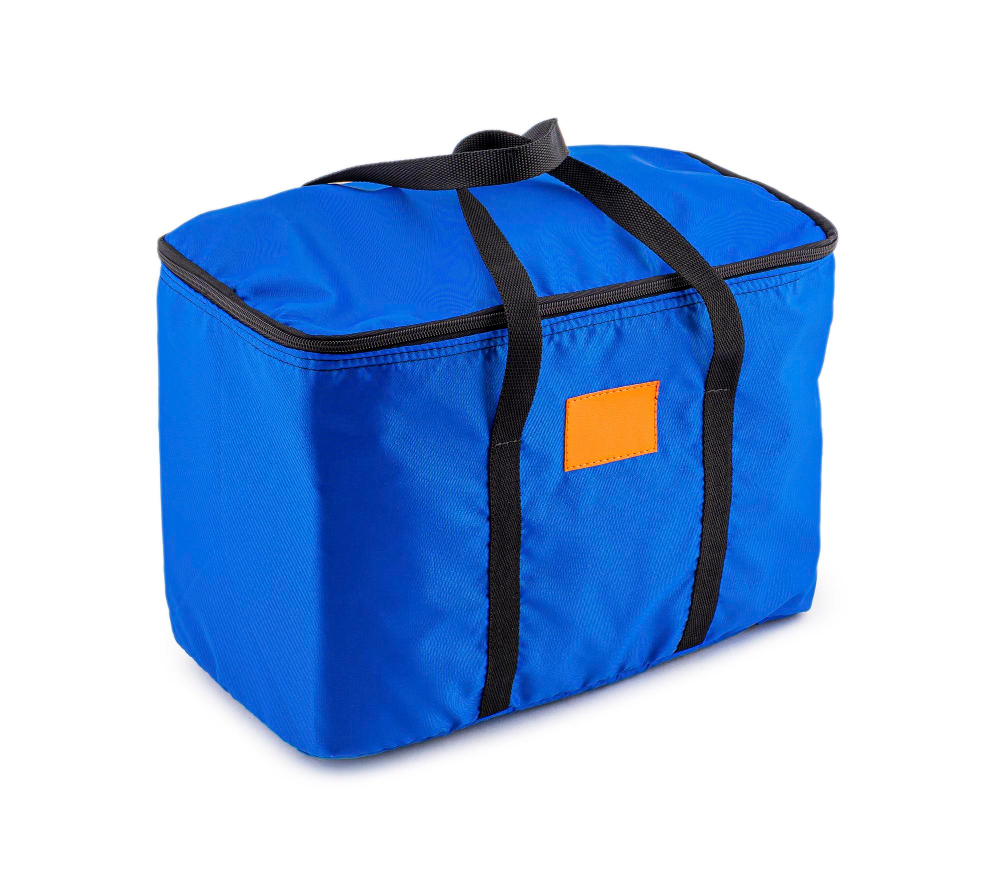
These containers come in various sizes and shapes, making them perfect for storing food or shipping temperature-sensitive products.
One of the most significant benefits of using insulated containers is that they can maintain a consistent temperature over extended periods. This feature makes them ideal for transporting perishable goods such as seafood, meat, and dairy products.
Another advantage of using these types of containers is their durability. They are made from high-quality materials that can withstand harsh conditions during transportation without compromising the contents’ quality.
When choosing an insulated container, it’s essential to consider factors such as size requirements and insulation thickness to ensure maximum efficiency in keeping your items at the desired temperature range.
Insulated Foam Sheets
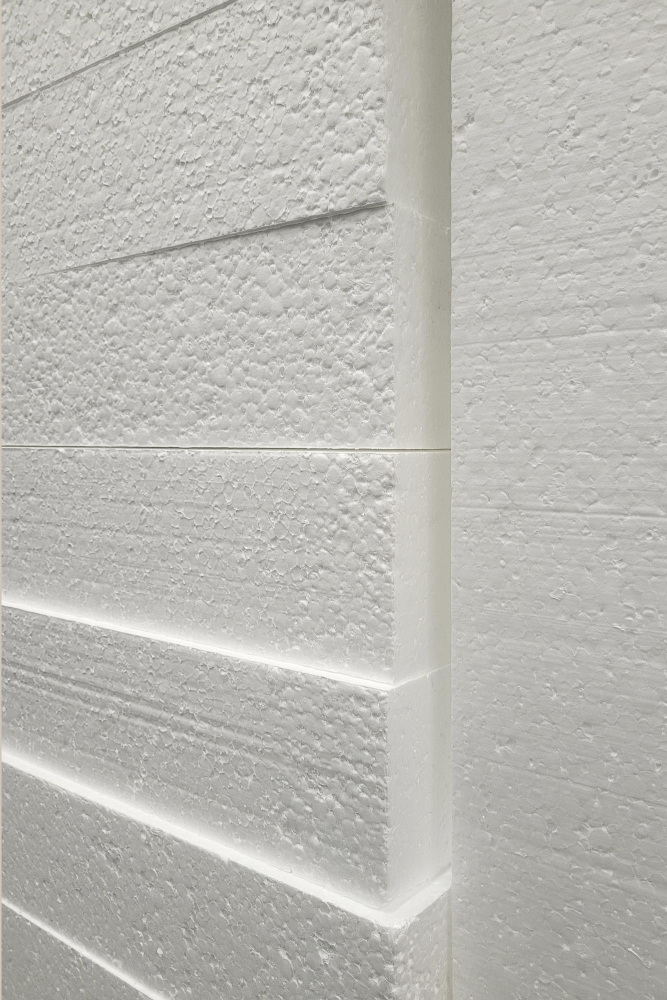
These sheets are made from expanded polystyrene foam, which is an excellent insulator and can keep items cold for extended periods. They come in various sizes and thicknesses, making them perfect for packing food or shipping perishable goods.
One of the benefits of using insulated foam sheets is that they’re lightweight and easy to handle compared to traditional ice packs or dry ice. You can cut them into any shape you need, making them ideal for fitting into tight spaces in your cooler or shipping container.
Another advantage of using insulated foam sheets over other cooling methods is that they don’t require any special handling procedures like dry ice does. This means you won’t have to worry about safety concerns when transporting your goods.
Coolants for Food Storage
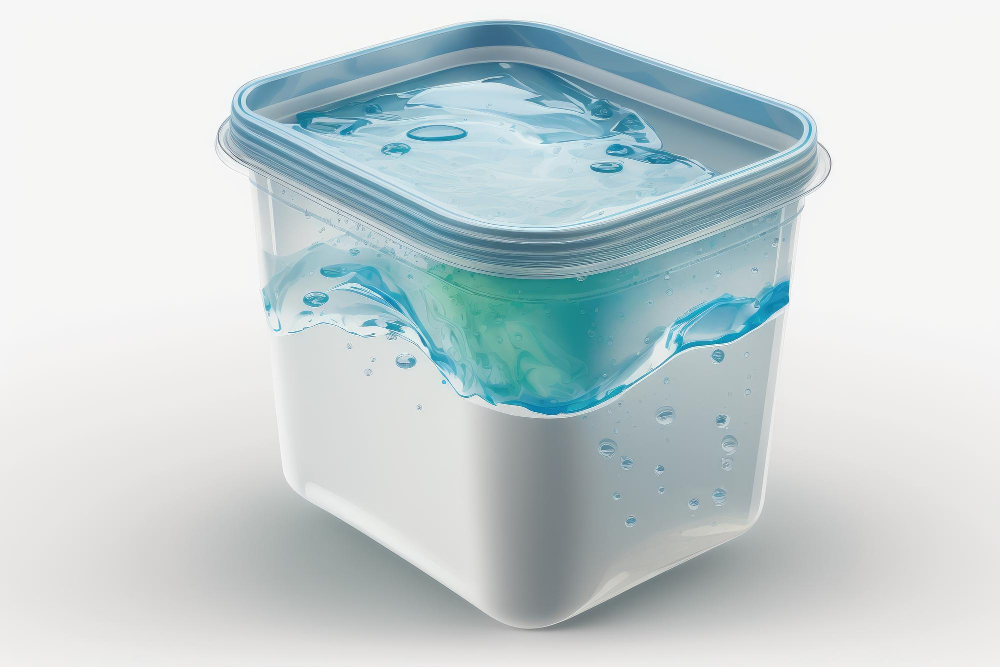
Whether you’re storing leftovers or prepping meals for the week ahead, using a reliable coolant can help keep your food fresh and safe to eat.
One of the most popular coolants for food storage is gel packs. These are small plastic containers filled with a gel-like substance that freezes quickly and stays cold for an extended period.
They come in various sizes and shapes, making them ideal for fitting into tight spaces in your fridge or cooler.
Another option is reusable ice mats made from non-toxic materials such as water-based gels or phase change materials (PCMs). These mats can be frozen overnight and then placed on top of or underneath your stored items to keep them chilled throughout the day.
If you’re looking for an eco-friendly alternative, consider using dry ice alternatives like saltwater ice blocks made from recycled plastic bottles filled with saltwater solution that freeze solidly when kept inside a freezer before use.
Long and Short Term Transportation Solutions
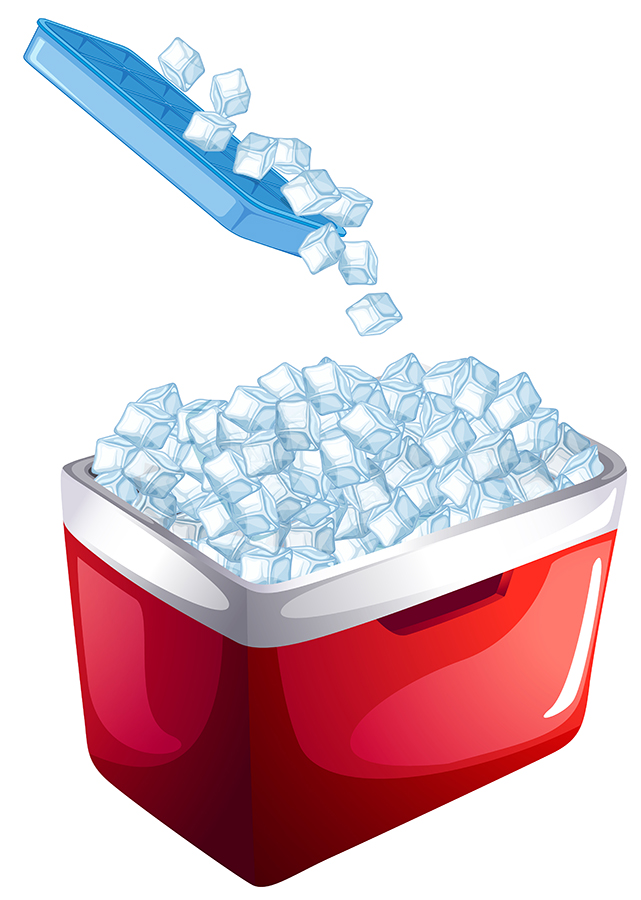
Whether you’re shipping food items or medical supplies, maintaining a consistent temperature during transportation can be challenging. Fortunately, there are several long and short-term transportation solutions that can help keep your products fresh and safe.
For short-term transport of perishables such as flowers or food for events, insulated containers with ice packs or gel packs work well. These containers come in various sizes and shapes to fit different types of products.
On the other hand, if you need to transport goods over longer distances like across countries or continents then investing in high-quality refrigerated trucks may be necessary. These vehicles have built-in cooling systems that maintain a constant temperature throughout the journey ensuring your product arrives at its destination fresh and intact.
Another option for long-distance travel is using dry ice alternatives such as phase change materials (PCMs) which absorb heat when they melt thereby regulating temperatures inside packaging boxes without freezing contents like regular ice would do.
Whether you’re transporting goods locally or internationally there are many options available to ensure your products arrive safely while maintaining their quality standards throughout transit timeframes both long term & short term alike!
FAQ
What can be used instead of dry ice?
Alternative to dry ice: Cold packs are effective for shipping perishable goods above 32 degrees Fahrenheit.
Are gel packs better than dry ice?
Dry ice is better for freezing food during shipping, while gel packs are more suitable for shorter journeys and temperature-sensitive products like pharmaceuticals.
What are the pros and cons of using dry ice versus alternative cooling solutions?
Dry ice offers lower temperatures and rapid cooling but is expensive and potentially hazardous, while alternative cooling solutions are less costly and safer but may not reach as low temperatures or cool as quickly.
How do the costs of dry ice alternatives compare with those of dry ice?
The costs of dry ice alternatives generally tend to be higher than those of dry ice.
In what situations is it more appropriate to use a dry ice alternative than dry ice itself?
Dry ice alternatives are more appropriate in situations where there is a need to avoid the hazards of handling extremely cold materials and eliminate the risks of asphyxiation or explosion caused by carbon dioxide gas release.
Recap
